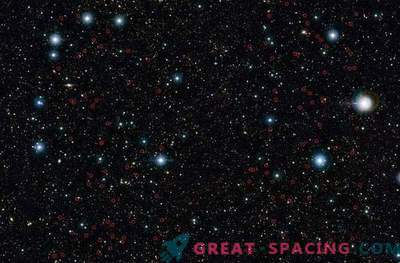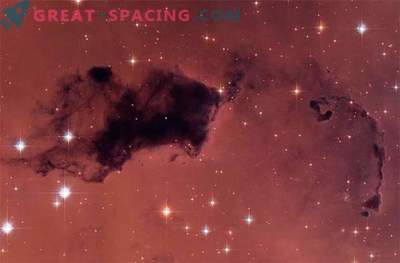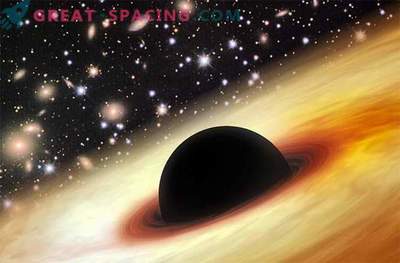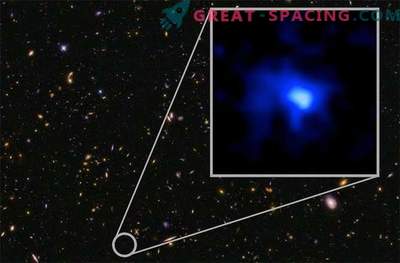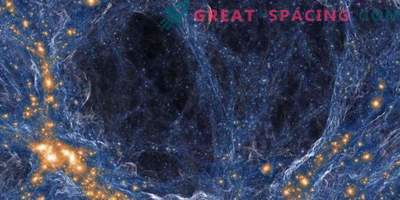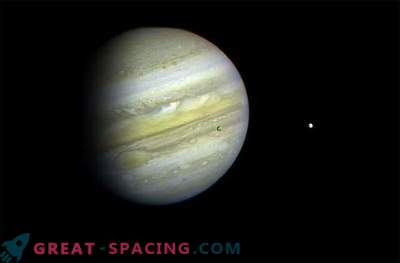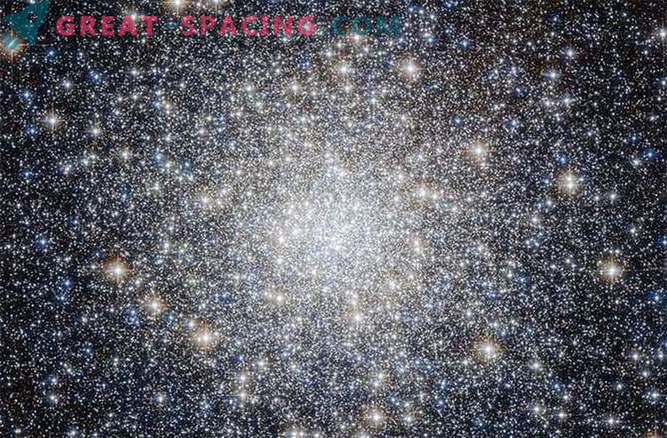
The very first stars of the universe have a new birth date. According to a new study, these ancient objects originated 100 million years later than scientists had previously believed.
A few hundred million years after the Big Bang, light from the very first stars and galaxies illuminated the Universe, thus ending the period known as the “Dark Ages”. New measurements by the Planck satellite of the European Space Agency, which studied the cosmic microwave background or the light remaining from the Big Bang, show that this period of light began 100 million years later than previously thought. New results are based on satellite observations made during the year.
"While these 100 million may seem insignificant compared to the age of the Universe itself, which is now almost 14 billion years old, they make a significant difference when it comes to the formation of the first stars," said Marco Bersanelli from the University of Milan. Some of the first stars and galaxies that originated in the early Universe put an end to what we often call "dark ages." The stars not only illuminated the sky with their light, but also cleared a fog consisting of hydrogen atoms that filled the entire cosmos.
Powerful photons created by stars and galaxies tore atoms apart or ionize them. That is why this era is known as “Reionization”. At this time, galaxies were born, called quasars. In the center of the quasar was a black hole, which threw powerful streams of light and matter into the Universe.
Observations of the Hubble Space Telescope show that the Universe became quite clear 900 million years after the Big Bang. But when did it all start?
Planck's previous observations determined the beginning of reionization for a period of 450 million years after the Big Bang. New results based on measurements made between 2009 and 2013 pushed the border forward by 100 million years.
